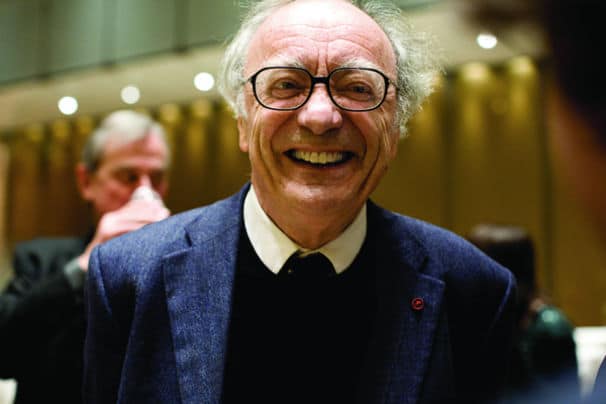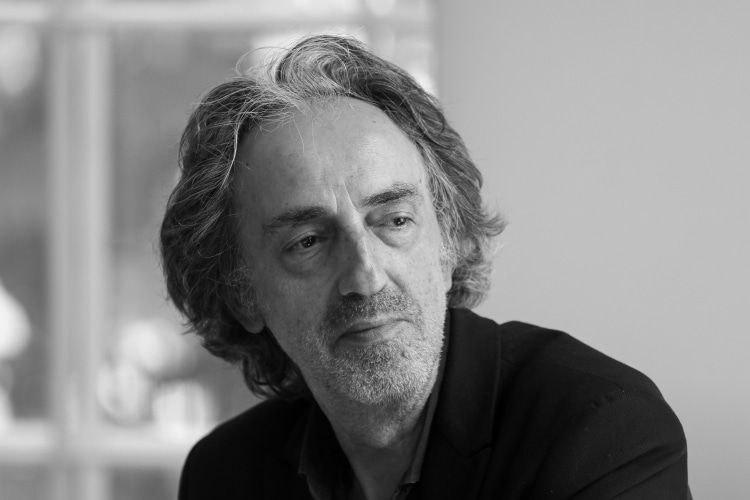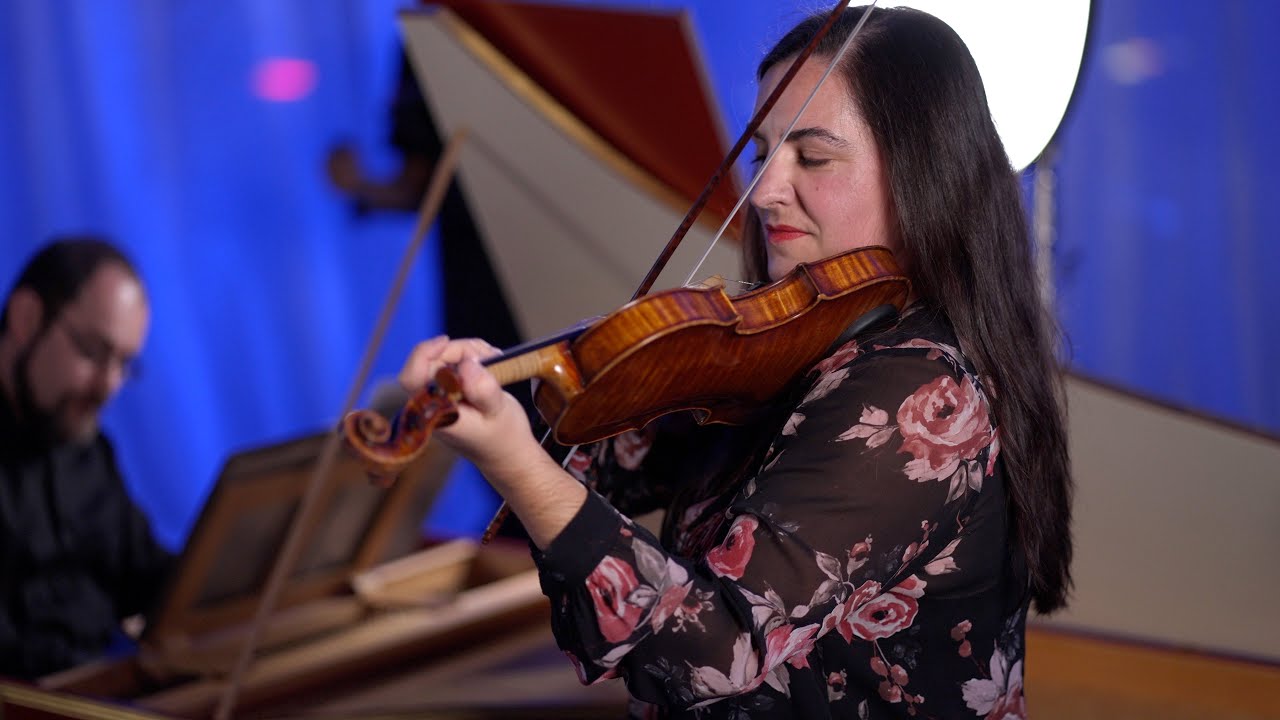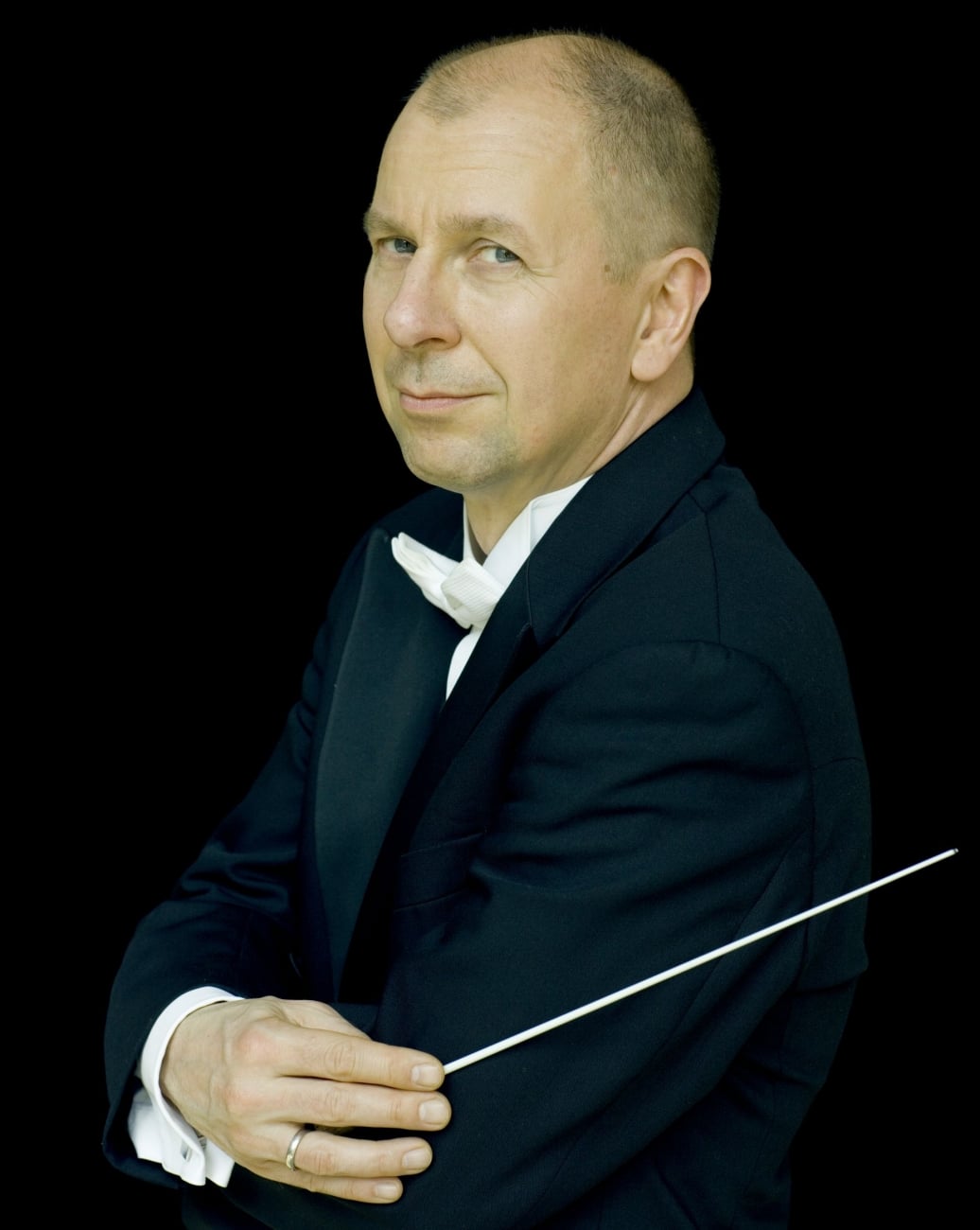whose minimalism is it, anyway?
mainNice riff going on at Kyle Gann’s blog over the New York Times critics’ choice of their prime cuts of minimalism.
What struck me was the list’s insularity. Apart from a concerto by the Dane Poul Ruders, issued on a small US label, all the composers and works chosen were American.
Granted, minimalism was a Californian invention by Terry Riley and LaMonte Young, arising from their exposure to John Cage and to eastern esoteric philosophies. But the tendency was far-flung and often oblivious to its antecedents.
The so-called East European Holy Mininmalism of Part and Gorecki was pretty much sui generis, rooted in counter-communist early Christian monodies, unaware of US trends.
And the work of Michael Nyman arose chiefly from his rejection, as a critic and composer, of ascetic, Bolulez-led modernism.
Between them, Gorecki’s million-selling third symphony and Nyman’s soundtrack to The Pianist, reached an audience tenfold that of the entire NY Times list. Some of the greatest hits of minimalism were made outside America.
Not just insular, then, but seriously myopic.





Fascinating use of the term “insularity”.
By your own description, Part & Gorecki are irrelevant to the music under consideration (“so-called Holy Minimalism”, “pretty much sui generis”, “unaware of US trends”). Just because the popular journalistic term for the music shares a common word doesn’t make it related or even accurate. After all, you can find lots of discussions of singers like Bocelli that describe him as an opera singer, but he doesn’t share many characteristics with any opera singers I can think of. As for Nyman, the work you cite, the Pianist, while indeed quite popular, has all of the relation to what Kyle et al are talking about as the John Adams works discussed, that is, the work is clearly post-Minimalist, influenced by the movement, but not of it.
I think a strong case could be made for several composers born outside the US as true minimalists (Andriessen, Carles Santos, earlier Nyman, Gavin Bryars, perhaps some Walter Zimmermann or Clarence Barlow, among others), but the works you’ve cited really aren’t in the same category, regardless of how many CD copies they’ve sold.
It’s impossible to suggest that Nyman was unaware of the American tradition. He’s the author of an important book on Cage and the experimental music tradition.
NL: I didn’t say that. Nyman was intensely aware of US minimalism. His impetus, though, was (so far as I can make out) primarily a revolt against European orthodoxies.
I can’t speak for Pärt, but Górecki was very likely aware of at least some examples of US minimalism when composing his Third Symphony in 1976 – three Terry Riley pieces had been performed at the Warsaw Autumn festival (Keyboard Studies in 1968, In C in 1969, and Dorian Reeds in 1973) by this stage, as well as the Riley-John Cale collaboration Church of Anthrax in 1974. The Keyboard Studies concert also featured Górecki’s composer colleague Zygmunt Krauze on piano, whose own music of the 60s was inspired by the Suprematist paintings of Malevich but exhibits some small-m minimalist tendencies; by 1968 I’m sure he would have been at least broadly aware of Minimalist developments in the US.